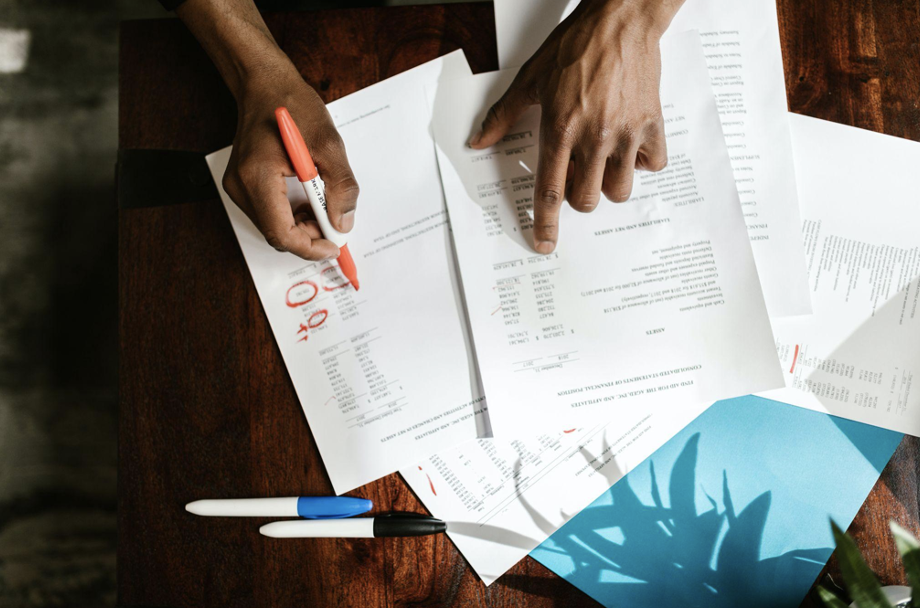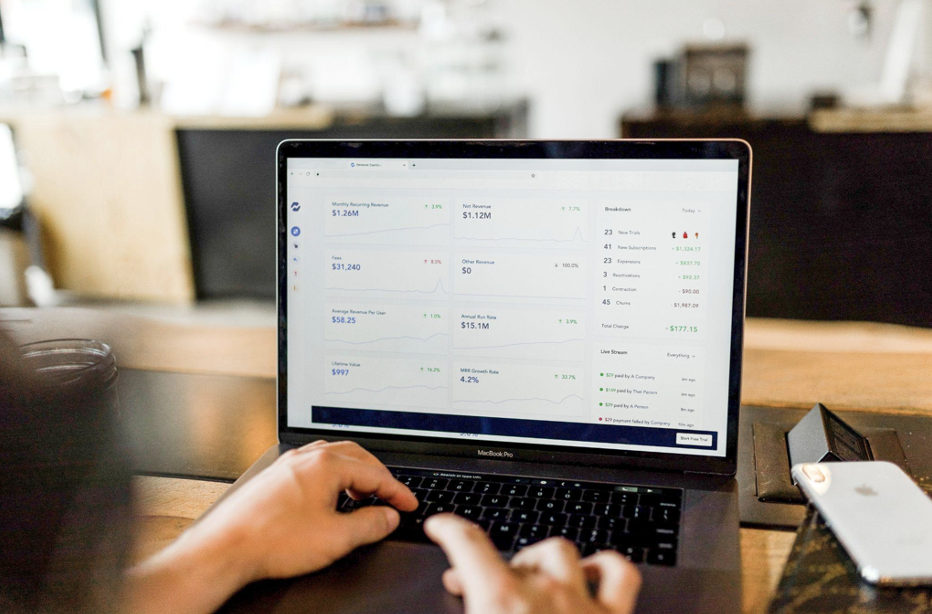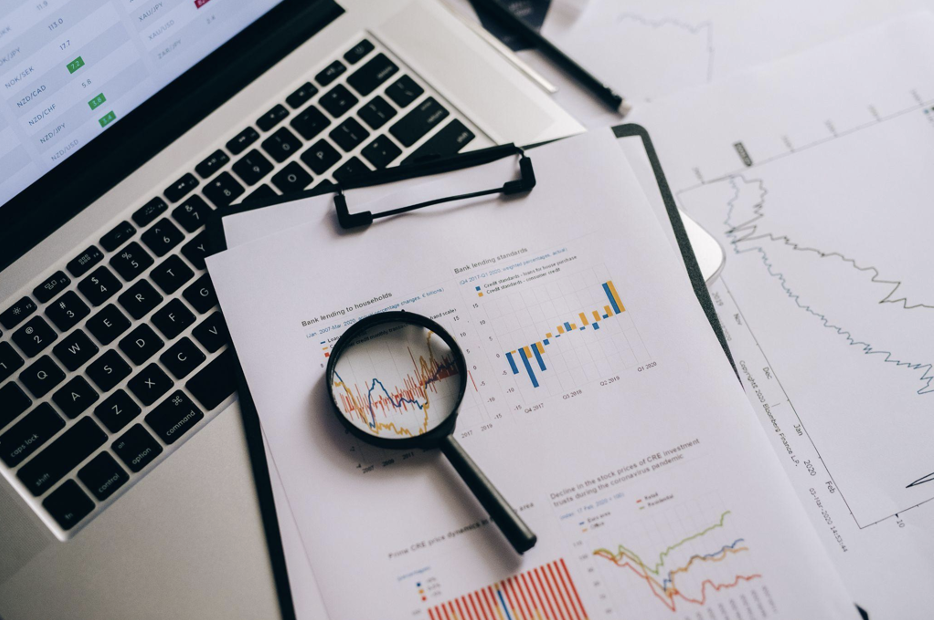
Since the dawn of time, the general ledger has been an essential part of good accounting. Before digitization, accountants had been manually recording every transaction in ledgers, and it was the way organizations of all sizes kept track.
However, digitalization simplified the process of recording transactions. With the advent of excel sheets and efficient accounting software, you no longer have to record GL in books. While the method of recording transactions has changed, the GL remains important. It plays a key role in the accounting and bookkeeping process and is essential for any company that uses double-entry accounting.
Here’s everything you need to know about it, from what it is to how it works. And how it relates to double-entry bookkeeping.
What Is a General Ledger?
A general ledger is a master account sheet that summarizes all transactions occurring within an organization. Other accounting records, such as balance sheets, income statements, and cash flow statements, can be generated from it. All of the transactions recorded in the GL are combined to form a trial balance. The trial balance is a list of all the accounts used and their beginning and ending balances.

There are generally five broad categories of accounts:
- Assets. An asset is any resource that has value and is owned by the company. Patents, trademarks, and property are some examples.
- Liabilities. Any debts that a business owes are considered liabilities. Loans and mortgages are examples.
- Equity. In a company, equity refers to the ownership stake you hold. The equity of a company is equal to its assets minus its liabilities.
- Revenue. A business’s revenue is its income from its products or services. Sales from all your business activities are examples.
- Expenses. Business expenses are the amount paid for products and services by the business. Supplies, rent, fees, and equipment are examples of these costs.
How Does a General Ledger Work?

A general ledger may be kept physically or electronically, depending on the company. It is common for companies to download software to update their GL quickly and to incorporate information into other documents.
However, accounting in general ledgers is performed using the double-entry method. That means entries are made in two accounts, with a debit in one account and a credit in the other. A basic accounting principle is that Assets equal Liabilities plus Shareholders’ Equity.
A double-entry accounting system ensures that this principle equation remains balanced. When your debits and credits do not balance, it means that something went wrong.
Every entry must have equal debits and credits to maintain the accounting equation.
A general ledger consists of four primary components:
- Journal: Raw accounting entries are recorded sequentially by date in the journal.
- Description: You will find a brief description of each transaction.
- Debit and credit columns: A debit or credit will be assigned to every transaction in the general ledger.
- As soon as a new debit or credit is posted to the account, the balance will need to be updated. Maintaining your business’s financial records this way ensures accuracy.
Whenever you make a transaction, record it in a journal. Ensure that each transaction is assigned the correct account. The general ledger will be updated after your journal has been completed. And general ledgers categorize the information from journals into the correct accounts. Sub-accounts will be included with each entry to break down the transaction further.
Why Is the General Ledger Important?
For a business, the general ledger performs a number of important functions:
- Using it, accountants can ensure that all debits and credits balance on a trial balance.
- It provides accountants with an opportunity to detect errors, fraud, and unusual transactions.
- In addition to allowing the business to produce financial statements, such as income statements and balance sheets, the general ledger also provides detailed information that accountants, managers, and investors use to analyze the business.
- The general ledger is also extremely useful for filing taxes since it categorizes all income and expense transactions neatly.
- By tracking actual revenue and expenses, you can keep track of your spending.
What Are Some Examples of General Ledger Accounts?
The general ledger records all financial activities in your business. A few examples of this activity are:
- The deposits you make to your bank account.
- Vendor checks issued to cover operating expenses.
- Checks issued by your payroll department to your employees.
- The payroll tax paid to both the state and the federal government.
- Activities related to sales and receivables.
- Receiving and recording customer payments.
- Adjustments to inventory levels, such as receiving the product or receiving product adjustments.
- Accounts payable receipts and entries.
- Contributions or withdrawals made by the owner
- Journal entries that reflect bank fees and interest transactions.
What Does a General Ledger Tell You?
General ledgers are not the first tools you would use to make business decisions, but they still provide the information you need to determine how your business is doing this month or year financially. It is best to start with the general ledger when calculating accounts receivable turnover or creating a budget. Your general ledger is the first place to look if you want to find out how much money you have in the bank or why you have a lot of printing expenses.

1. How to manage expenses more effectively
Expenses related to your professional services are out of control, and you have no idea why. Check the general ledger report for the past year to see what activities have been taking place. Has your accountant raised their rates? How much do you pay your attorney for handling employee disputes?
Viewing your monthly expenses in detail is one of the best ways to manage them better. Although you can view each vendor’s expenses individually, you can view your entire business expenses using your general ledger. It’s impossible to keep track of expenses without knowing what they are.
2. Tells a detailed view of the activity over a specified period
The general ledger report allows you to see all account activity for a specific period in greater detail than other financial reports.
When you run a general ledger report for three months, you will see the beginning and ending balances for each month and all the activity that affects that balance. The beginning and ending balances for January and February will be readily available if you run a general ledger report from January 1, 2022, through March 31, 2022.
3. Use it to check for errors and correct them
There has been a 1,000% increase in your utility bill since last month, with no apparent reason. However, you can find out the reason behind this by looking at the activity in your utility expense account in the general ledger. You might find your general ledger useful in the following situations:
A: When reviewing your general ledger for utility expenses, you noticed that a journal entry was posted for the incorrect amount, causing your expenses to be inflated. If necessary, you can easily reverse your entry and enter a new one with the correct amount.
B: In another situation, you found an entry stating that you have to pay a one-time deposit on the building you’ve rented. There is a higher utility expense this month than usual, but it is accurate. There is no need for correction.
How Does a General Ledger Relate to Double Entry Bookkeeping?

As mentioned above, the general ledger operates on the basis of double-entry bookkeeping. That means all financial transactions will be shown on the ledger as both debits and credits.
On the general ledger, the sum of all debits should always equal the sum of all credits. However, a balance that is not maintained is considered out of balance. This balancing act is a common accounting technique among finance teams, and it is used by many organizations when recording debits and credits.
There are two primary types of accounting methods. The single entry and double entry. When you’re a solopreneur, single-entry accounts work perfectly. However, double-entry accounting improves transparency and simplifies financial statement preparation.
No matter what method you choose for your small business, your general ledger account follows the double-entry method: Every entry to one account must also be reflected in the opposite account.
Conclusion
General ledgers may sound complex and technical, but once you dig in, you will see that they are nothing more than an organized collection of useful transaction data. You can build your own general ledger using a simple spreadsheet and some knowledge of double-entry accounting, or you can use pre-packaged software options that make the process almost automatic. Achieving accurate financial statements is well worth the effort here due to the high return on investment.
Whether you are just starting your business or have been in business for a while, incorporating a general ledger into your accounting records is always a good idea. EcomBalance provides complete bookkeeping and accounting services, including general ledger reports.
Sign up today for a free pricing quote and to speak with us about your business!
About EcomBalance
EcomBalance is a monthly bookkeeping service for eCommerce companies. EcomBalance handles your bookkeeping and sends you a Profit and Loss Statement, Balance Sheet, and Cash Flow Statement by the 15th of each month. EcomBalance also has a sister company, AccountsBalance, that caters to agencies, software companies, coaches, and other online companies.









